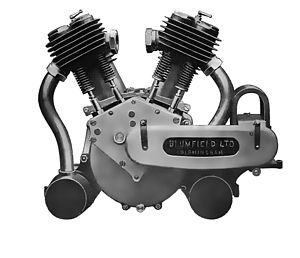You may have noticed that there is a lot of online debate in car/truck enthusiast groups about whose engine is better. You buddy might be bragging about their powerful oversquare engine or how their V8 is so much better than your inline engine. Want to come to your next online debate armed with the facts? Read on!

Shape:
When describing an engine’s shape, Stroke-to-Bore or Bore/Stroke Ratio (ratio of the diameter of cylinder bore [inside of engine cylinder] to the distance piston head must travel from the top of the cylinder to the bottom [piston stroke]) is commonly referenced.
An engine is described as oversquare or short-stroke if its cylinders have a greater bore diameter than its stroke length, giving a bore/stroke ratio greater than 1:1. Oversquare engines are very common, because they allow for higher RPM (revolutions per minute), which generates more power. Examples include both Chevrolet and Ford small-block V8s and Duramax diesel engines.
On the other hand, undersquare or long-stroke engines have a smaller cylinder bore (width, diameter) than its stroke (length of piston travel), giving a ratio of less than 1:1. At a given engine speed, a longer stroke increases engine friction, since the piston travels a greater distance per stroke. It also increases stress on the crankshaft due to the higher peak piston acceleration. The smaller bore also reduces the area available for valves in the cylinder head, requiring them to be smaller or fewer in number. Because these factors favor lower engine speeds, undersquare engines are most often tuned to develop peak torque at relatively low speeds. Many inline engines utilize an undersquare design, because the smaller bore allows for a shorter engine. An example of an undersquare engine would be the Cummins ISB series of diesel engines.